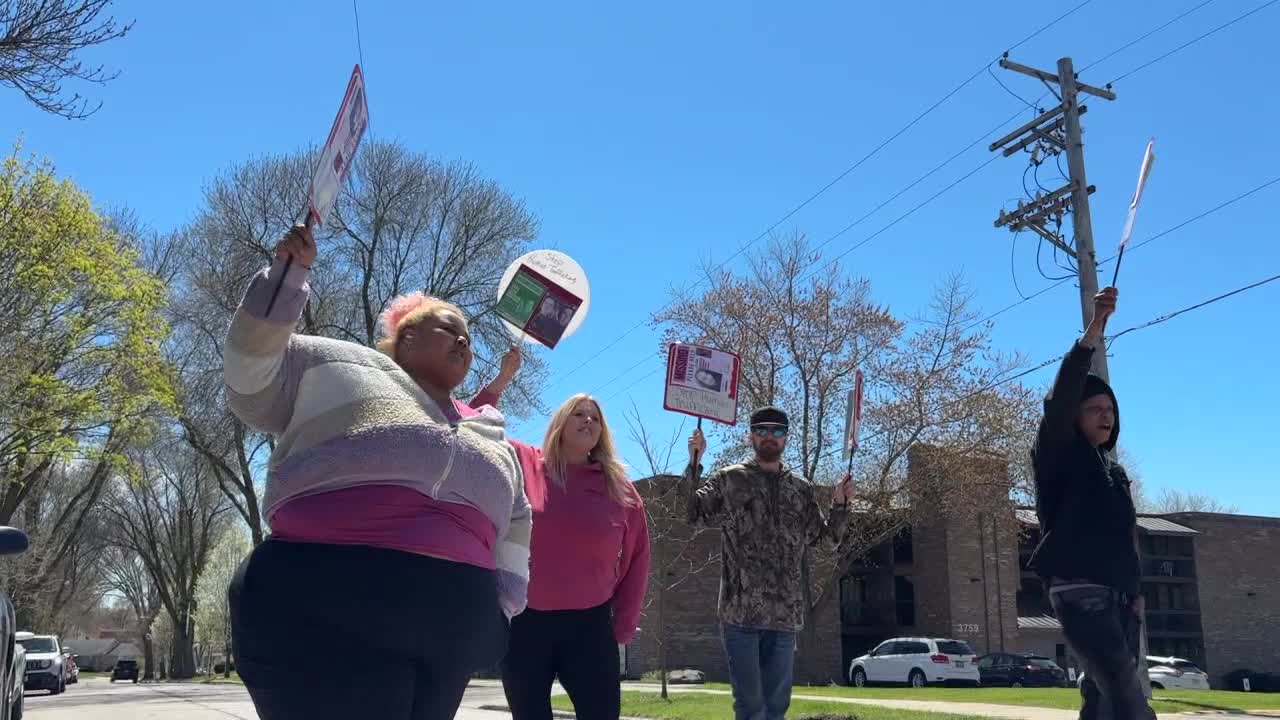Vulnerable Teen's Escape: Mental Health Facility Failure Leads to Trafficking Nightmare

In a powerful display of solidarity and determination, the girl's mother led a passionate protest outside the facility, rallying community members to demand justice and shed light on the critical issues at hand. The Saturday demonstration served as a poignant call for accountability, with protesters united in their mission to raise public awareness and seek meaningful change.
